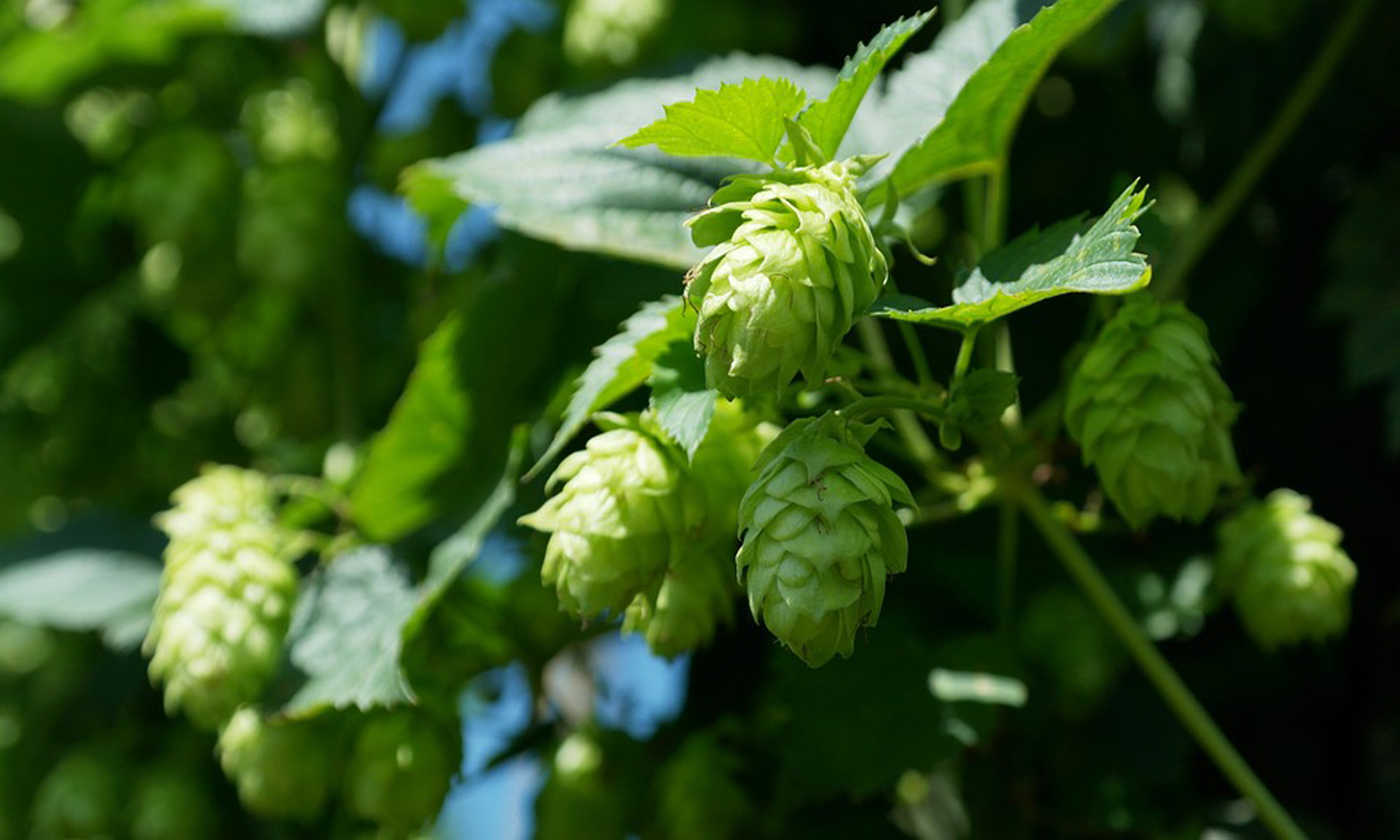I’m sure most of you have heard by now about the impending misfortune we’re all about to take, an inch of ice followed by another 8-10 of snow. I know that I’m tired of winter, and like Ned Stark I’m about to lose my head over any more snow. Despite Jack Frost’s repeated onslaught this winter there are a few perks to have; catching up on episodes of the Price is Right, taking photos of your back deck furniture, as well as some well-warranted cold weather brewing!
Now before you decide to take on the elements and defy ye olde Winter Gods, I recommend that you consider rushing to the nearest food market and stock up on all the stuff you buy but never eat such as eggs, milk, and cheese; because for some reason you have to have that ish if you’re snowed in. Once you’ve got that done make sure to do some calisthenics tonight so you don’t become another statistic clearing the driveway tomorrow. Luckily we brewers are accustomed to lifting large quantities of water, and I like to think all the Polish sausage and turkey legs I eat prior to shoveling provide a little extra cushion against my 12th coronary (still going for a baker’s dozen!).

I am become death, the destroyer of worlds.
So you’re limber and stocked up on essential non-essential food stocks. It’s time to make some preparations prior to the Snowmageddon pt 2. Remember, what you’re about to embark on is no easy feat. There’s been plenty a good beer lost in the snow, and no matter what something is going to go wrong. But if you succeed, you’ll join the likes of Sir Edmund Hillary, Robert Peary, and Rob Stark as masters of Winter. More importantly you’ll have some beer to drink in Spring.
The night before you want to brew, make sure you bring your hose into the garage, or if need be the bathtub. I can’t tell you how many times I’ve had everything ready to brew only to realize that I have no way of getting water from the usual source. You do have the option of filling your pots inside, however hose hubris will come back to bite you when you’re ready to cool the wort. The second essential step is to bring your ingredients and mash-tun indoors. Remember that the ambient air temperature outside is below freezing, and it’s very easy to overlook the fact that you’re adding really hot water to a really cold container. Temperatures will be missed, efficiencies will be off, and curses will be shouted. Lastly make sure you have enough propane if you’re using a burner. Assuming you have the means to get to a gas station, there’s no guarantee the attendant is going to give up the warmth of his 3×4 hut to get you some LP. Also locks tend to freeze up when they’re covered in snow, making it an even bigger PITA.
The day of your brew snopocalypse you’re going to need to decide where to brew. A garage is best, anything else is worse. If you are going to be in the elements it’s worthwhile to construct some sort of Bear-Grylls like shelter to block wind and snow from getting in your beer. You also really need to stop at this point, and think about investing in a garage. Now if you are in a garage and using gas it’s worthwhile to note that the only bi-products of propane combustion are CO2, water, and heat. Make sure that your burner is working properly, because incomplete combustion produces Carbon Monoxide, which makes nap-time a whole lot longer. You may be tempted to close the door, and keep some of that sweet precious heat inside your man cave. Closed doors tend to keep moisture and CO2 from escaping, so you may find your garage looking more like a jungle than a cool place to keep your tools. Just make sure you’re careful.

Be Jelly
Once everything is up and running you shouldn’t have too many issues other than frostbite, hypothermia, you know, the usual cold weather shenanigans. Keep your taun-taun close too in case any sensor droids come by, Empire always be creeping. One nice thing about snow is that it does cool down your wort pretty quickly if you overshoot the initial mash temp. I’ve done this before and we were able to keep from adding too much extra water over the grain bed. Make sure you don’t use yellow snow, or red snow (don’t use Jon Snow either). At the end of the boil all of you hose-thawing disciples will reap the the benefits, cooling wort quicker than ever. If you don’t have access to running water then you’re hosed! (Get it?!?) You’re best bet is to set your boil-pot on the ground and build snow up around its sides. The heat of the wort will melt the snow in contact with the pot, so you’ll need to keep re-packing every few minutes. Stirring will speed up the process as well. Once you hit temp and pitch it’s time for clean-up.
It’s very very important to remember to clear your immersion/plate chiller after you’re done. Water has the tendency to expand when it’s cold, and metal isn’t exactly the bendiest substance out there. Save yourselves some frustration and cash by clearing any residual water before storing your equipment; don’t freeze your lips. Other than that it’s not imperative to clean all of your equipment right away. I’m sure I’ll catch more flak than the Luftwaffe over London for that one, but it’s COLD! Like brewers; bacteria, mold, and other little nasties aren’t very big fans of low temps either, which gives you some time to clean your equipment. I’ve gone several days before dumping my grain, and the smell was considerably more pleasant than what you’ll get during Summer months.
After it’s all done you’ll probably think about your one friend who said “I hope we get snow this winter” with the same contempt and malice that Vladmir has for the Ukraine. Take these golden post-brew moments to call that guy, and tell him how much you hate him right now. Have fun tomorrow everybody, be safe, be warm, and brew on!
– Brohiem: Brewing liaison to the King of the North, warm-weather enthusiast














